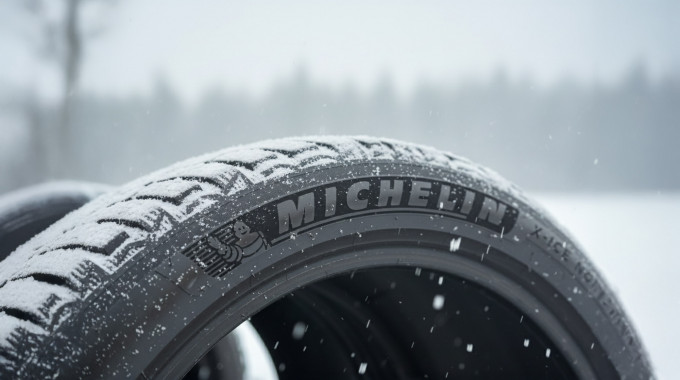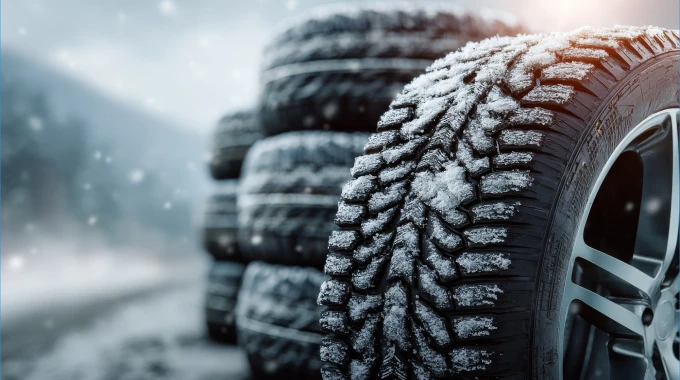
5 Things to Watch Out for In a Used Vehicle
Performing a thorough inspection of a used vehicle before purchasing could save you a ton of money and hassle in the future. Check for unpleasant smells, mismatched paint, rust, broken switchboard controls and any visible oil leaking.
Used vehicles are an investment option for Canadians who aren’t interested in buying new. Buyers in the market for a new vehicle know the exact condition of the vehicle, however, used cars have history. Hidden damage in a used vehicle is a factor that must be considered before buying used, as the damage could become a costly problem for the buyer down the road. The job of a dealership is to get you in the car of your choice, but sometimes dealers are more fixated on the money coming from the deal as opposed to your relationship with the vehicle. Investigating the vehicle’s history is critical to make an informed decision, one that could potentially save you a lot of money in the future. Although new vehicles, which come straight from the manufacturer, lose their value quickly, used vehicles that have red flags come with their own set of problems.
In Canada, there are several different suppliers available to Canadian consumers when it comes to obtaining vehicle history reports. There is also the option of checking into a vehicle’s history on your own in certain provinces, such as the Ontario government’s online database can be accessed by entering in a Vehicle Identification Number. While these reports are frequently provided by dealers as a common practice, it is important for buyers to be independently aware. Understanding a vehicle’s background - such as whether it has been in a collision before, or if the odometer reads accurately – is critical to making an informed decision when looking to purchase.
If you’re shopping for a used vehicle, watch out for these five warning signs before purchasing.
1. Unpleasant Smells
The interior of a used vehicle can tell you a lot about its history. If you notice a musty smell, it could be a sign of problems other than worn-in upholstery and indicate previous water damage. A gassy smell might be a sign of engine problems – pull the dipstick of the vehicle, if the oil is black or has flakes of metal in it, it usually means that there’s been previous engine or transmission problems. If the dealer doesn’t mention that the vehicle has experienced water or engine problems, go over the vehicle’s history report to ensure that you’re being told all of the details. If you do see any engine or water damage information documents on the report, proceed with caution as it could be a sign that the dealer is leaving out other important information about the vehicle.
2. Mismatched Paint
Mismatched paint on the exterior of a used vehicle is typically a sign there’s been collision repair or body work done. If there are parts of the car where paint looks shinier or less faded, it could indicate the vehicle was previously in an accident. One accident won’t necessarily impact how safe the vehicle is, however the risk may increase if the vehicle has been through multiple accidents. Natural discolouring is normal, but if the paint on the bumper doesn’t match the body, it’s an easy way to tell that the car has had a rough past.
3. Rust
Fresh paint that feels gritty when you run your hand over it might mean that paint was used to cover rust. Not all rust is bad. Used cars are bound to have a little bit of surface rust, especially if they’re a lot older. Small patches or bubbles of rust on the exterior of the car shouldn’t cause a lot of concern because the most damage it will do is to the paint job, however large amounts of rust, where metal is completely torn through or there are any large holes to the exterior of the car is worth the worry. Not all rust is visible on the body of the vehicle, which is why it’s important to thoroughly check under the vehicle and around the tires for rust. If you see a lot of rust, it’s probably not worth the investment.
4. Broken Controls on the Switchboard
When you take the used vehicle out for a test drive, pay attention to all of the controls and accessories on the switchboard. Windshield wipers, the heat and air conditioning, mirror adjustments, door and window locks, the speaker system and the horn are all examples of vehicle controls you should test a couple times each to ensure everything works. Also check and make sure the used vehicle has an owner’s manual. If one of the controls or accessories isn’t working, notify the dealer immediately.
5. Visible Oil Leaking
A car that is leaking is usually a sign there’s an internal problem and needed repair. While you’re out on a test drive, park the car and leave it running for a minute or two. If you see any visible signs of leaking under the vehicle it’s definitely worth telling the dealer, as it could indicate a problem with either the engine, transmission or the vehicle’s anti-freeze compartment.
Before you purchase a used vehicle, read reviews about the make and model of the car as well as reviewing the vehicle history report. These combined may give you the information needed to assess what to expect from the car in the future. If you’re unsure if you’re prepared to take on a used vehicle, you might want to look into certified pre-owned vehicles – a vehicle that has been inspected, refurbished and certified by the manufacturer before it’s resold. Researching your used vehicle before you invest could help you avoid buyer’s remorse, save money and stay safe on the road.
If you're shopping for a used vehicle, Canada Drives makes it easy to find what you're looking for 100% online. Start browsing hundreds of certfied vehicles today!







